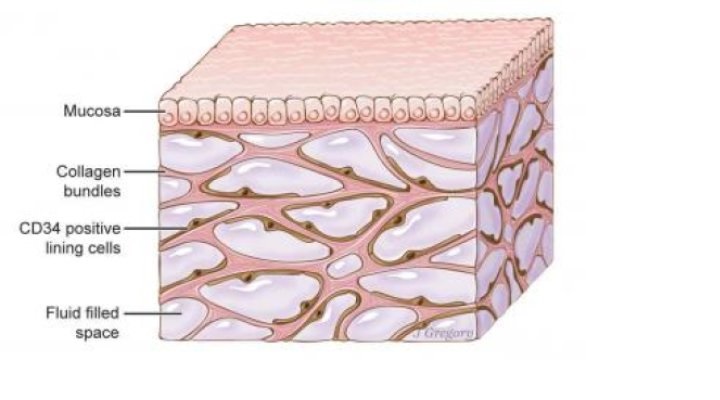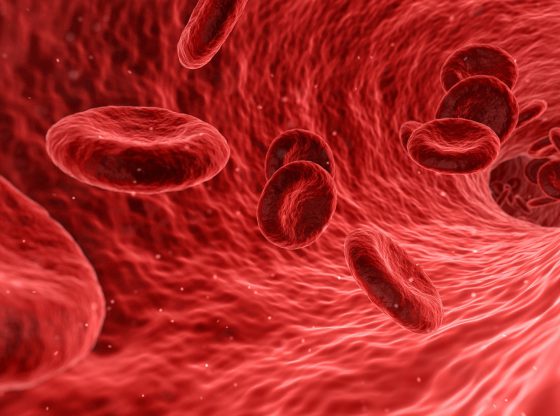
Credit: Illustration by Jill Gregory. Printed with permission from Mount Sinai Health System, licensed under CC-BY-ND.
American researchers claim to have found a new organ in the human body. New research shows that some part of the skin and around other organs can be counted as a separate organ.
Simply put, the organ is found below the skin’s surface, lining the digestive tract, lungs and urinary systems, and surrounding arteries, veins, and the fascia between muscles. It acts as a cushioning tissue in the spaces between blood vessels, lymph nodes, and fluid, among other things.
This series of spaces, supported by a meshwork of strong (collagen) and flexible (elastin) connective tissue proteins, may act like shock absorbers that keep tissues from tearing as organs, muscles, and vessels squeeze pump and pulse as part of the daily function.
The ‘interstitial’ as it is called, is interconnected throughout the body, which is one of the reasons why it is classified as a separate organ.
“Initially, we were just thinking it’s an interesting tissue, but when you actually delve into how people define organs, it sort of runs around one or two ideas: that it has a unitary structure or that it’s a tissue with a unitary structure, or it’s a tissue with a unitary function,”
“This has both,”
“This structure is the same wherever you look at it, and so are the functions that we’re starting to elucidate.”
– Dr. Neil Theise, professor of pathology at NYU Langone Health in New York, who was a co-senior author of the study.
The researchers said these fluid-filled spaces had been missed for decades because they don’t show up on the standard microscopic slides that researchers use to peer into the cellular world.
Now, rather than using such slides, the researchers discovered these fluid-filled spaces by using a new imaging technique that allows them to examine living tissues on a microscopic level.
The study has been published in Nature.
Reference:
Petros C. Benias, Rebecca G. Wells et al. Structure and Distribution of an Unrecognized Interstitium in Human Tissues doi: 10.1038/s41598-018-23062-6






















